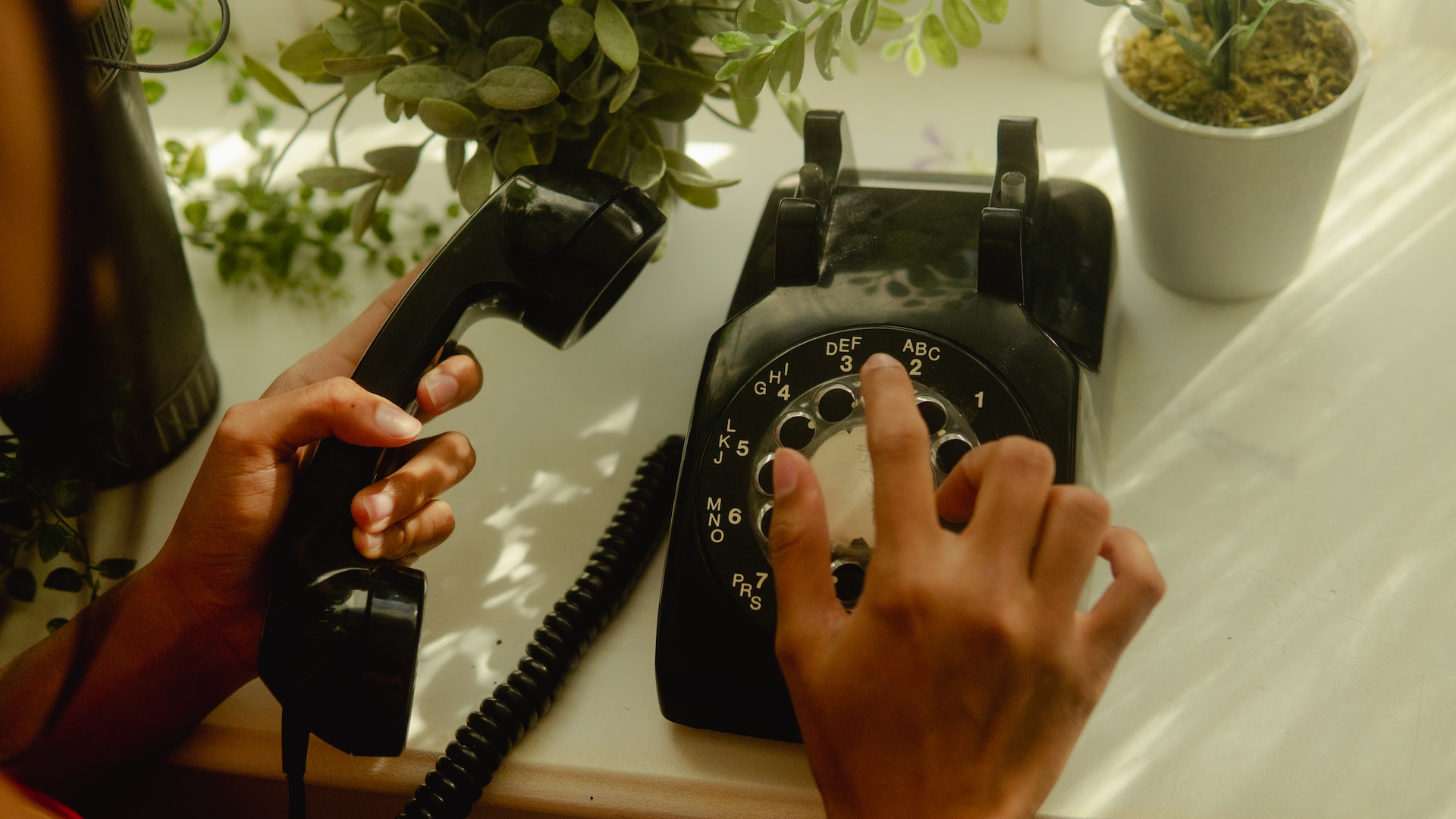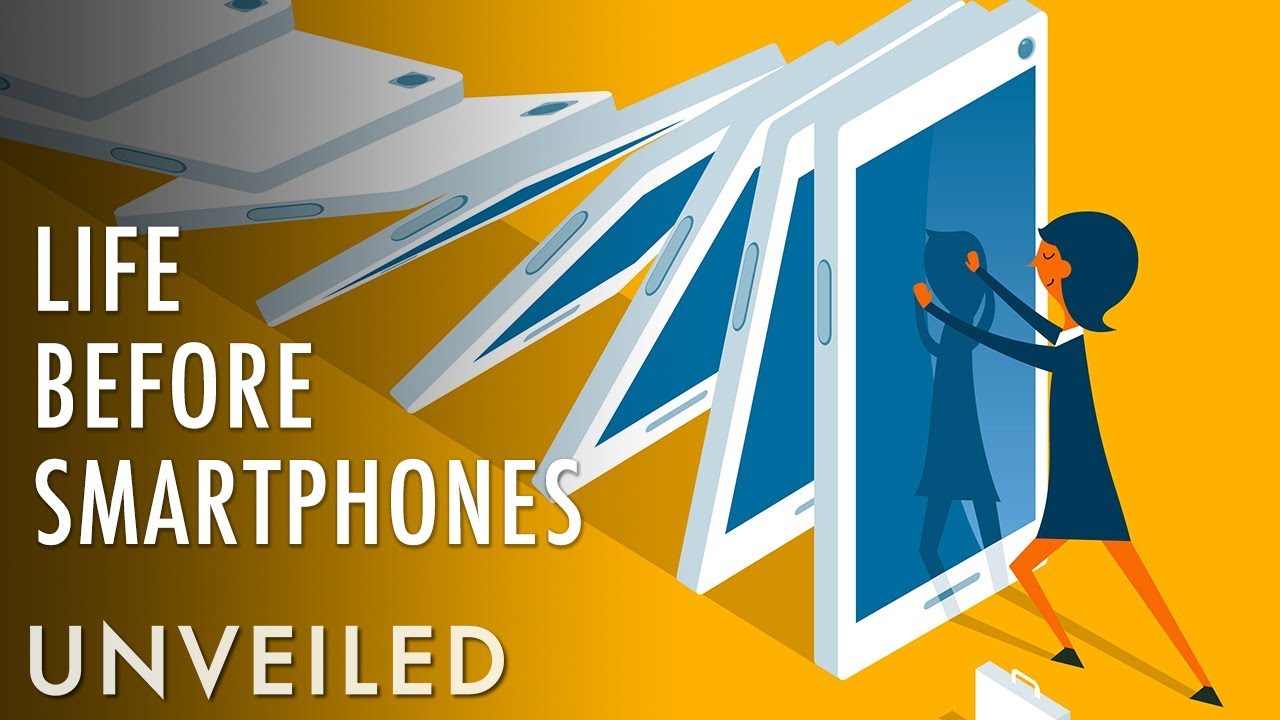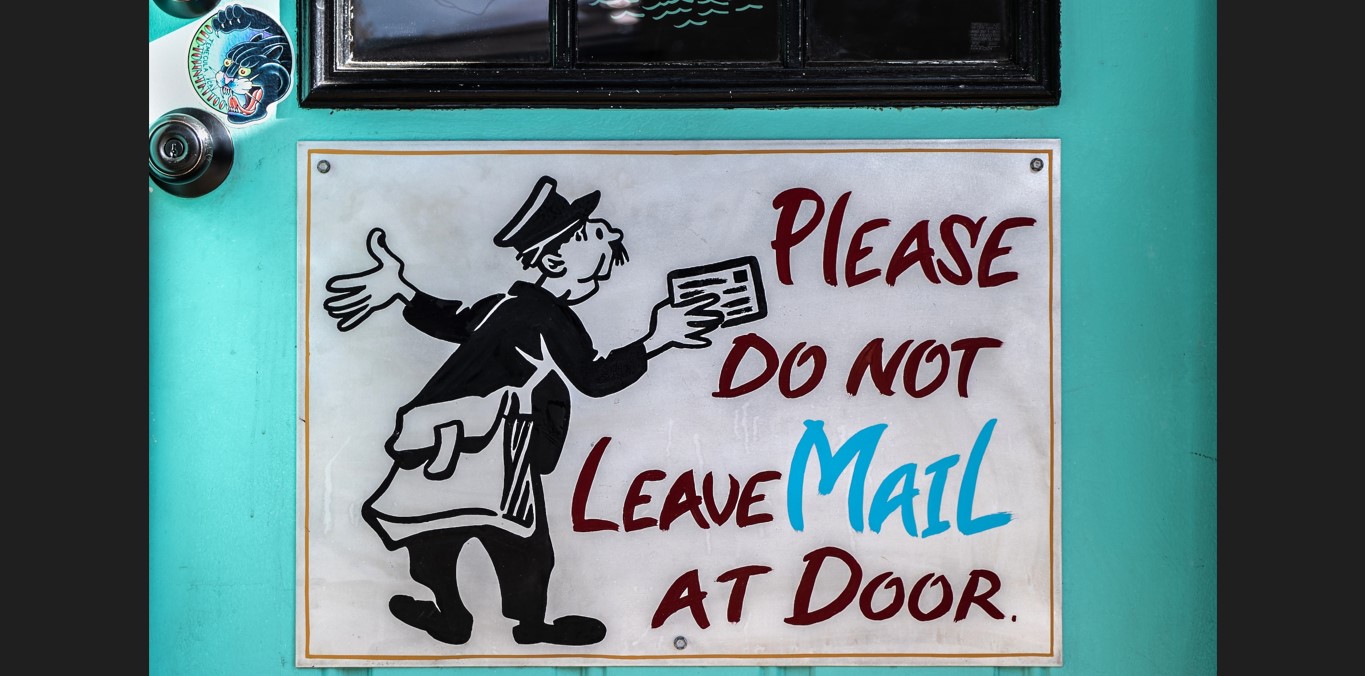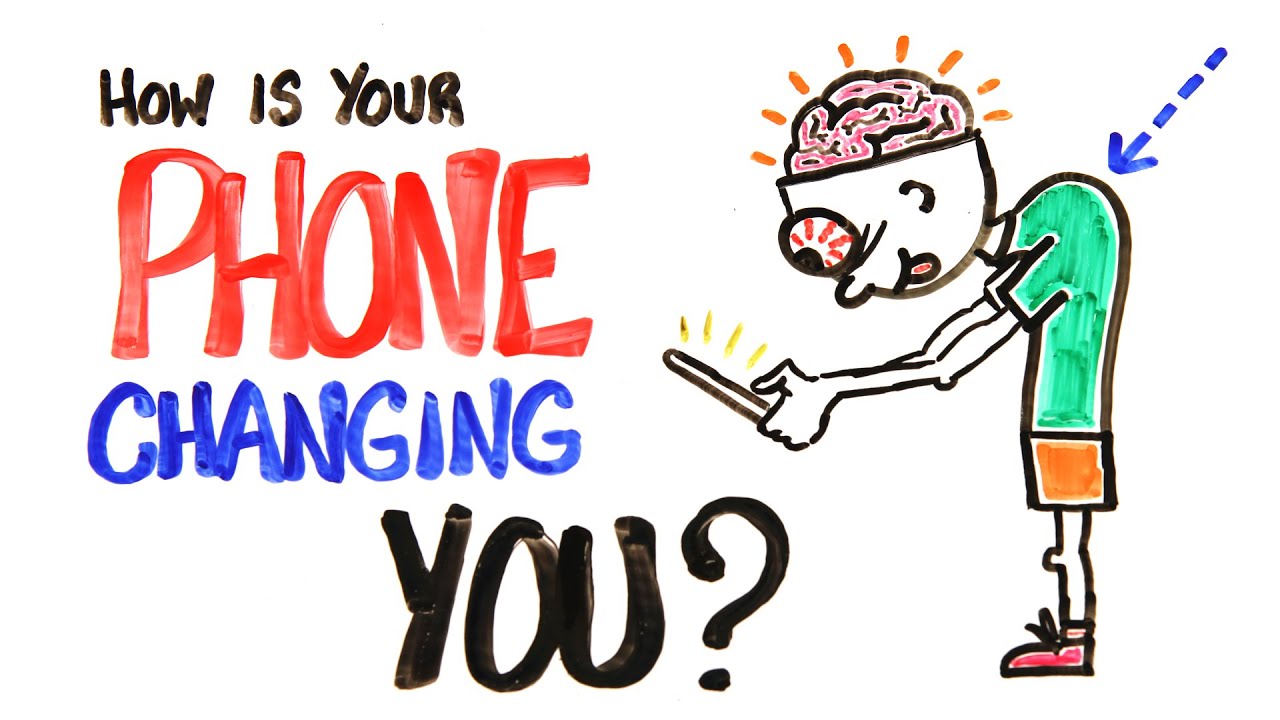Life Before Cell Phones - Looking Back At Those Bygone Days
In the not-so-distant past, smartphones were not an integral part of our daily lives. This life before cell phones encompassed a period of human history when communication, information, and entertainment were vastly different from what we experience today. It was a time characterized by simpler and more traditional modes of communication and a greater reliance on physical interactions and offline experiences.
Author:Paolo ReynaReviewer:James PierceJun 28, 202331.6K Shares434K Views

Ladies and gentlemen, we’re about to dive into the “mysterious era,” a once-upon-a-time story about life before cell phones.
Let’s take a stroll down memory lane, back to when people survived without those magical rectangular companions.
It was a time when you couldn’t summon a car with a single tap or swipe left to find true love.
Instead, we had to rely on a bizarre contraption called a landline phone and something called “face-to-face” interaction.
Oh, the horror!
But fear not, for in this journey, we shall explore how life before cell phones was, with a quick discussion of the possibilities of a life withoutcell phones.
So, buckle up, hold onto your nostalgia hats, and get ready to reminisce - or at least imagine, for the Gen Z/zoomers out there - the absurdities of a simpler, smartphone-free existence.

What If Smartphones Were Never Invented? | Unveiled
Could You Imagine A Life Without A Phone?
Before the advent of smartphones, people relied on landline telephones and other forms of communication to stay connected.
If we were to imagine a life without phones altogether (meaning, both landline and cellular phones), it would mean a significant shift in the way we:
- communicate
- access information
- carry out daily tasks
According to BankMyCell, based on 2023 data gathered by Statista, there are approximately 6.92 billion smartphone users - or 86.11 percent of the world’s population! - in the world.
Not counted is the number of people using feature phones/mobile phones.
If imagining a life before cell phones seems to cause you a headache, then picturing a life with no cell phones at all might give you a migraine.
Look at the table below:
| Year | Number of Smartphone Users in the World |
| 2020 | 6.05 billion |
| 2021 | 6.37 billion |
| 2022 | 6.64 billion (projection) |
| 2023 | 6.92 billion (projection) |
| 2024 | 7.13 billion (projection) |
| 2025 | 7.33 billion (projection) |
Swedish telecommunications company Ericsson, in collaboration with California-based market researcher The Radicati Group, gave the forecast figures for 2022 to 2025.
With billions of people across the globe using smartphones - likely because of their fundamental usability in these ultra-modern times - it’s almost unthinkable now to “remove” them out of the picture (read: life).

Life Without Cell Phone
By identifying the probable scenarios of life without cell phones, we will already have an idea of how life was before cell phones were.
Here are a few possible aspects of life without smartphones:
a. Communication Challenges
One of the most significant consequences of life without cell phones would be the loss of instantaneous communication.
Smartphones have revolutionized communication by providing instant access to:
- calls
- text messages
- emails
- social media platforms
- various messaging apps
Without smartphones, people would have to rely on traditional methods for communication, such as:
- landline telephones
- letters
- face-to-face interactions
This could lead to:
- slower response times
- limited availability
- difficulties in coordinating plans
- extra efforts to stay connected with people (e.g., friends, family, colleagues)
b. Information Accessibility
Smartphones have become a primary source of information for many people.
They provide quick access to:
- search engines
- news websites
- social media feeds
- a vast range of apps that deliver up-to-date information
Without smartphones, obtaining information would be more challenging and time-consuming.
To access information, people would need to rely on:
- computers
- libraries
- physical newspapers
- other traditional media (e.g., magazines, radio, TV)
This could result in slower information dissemination and decreased convenience.
c. Productivity Impact
Smartphones have transformed the way we work and manage tasks.
With smartphones, people can stay connected to work-related emails, and documents, and collaborate with colleagues remotely.
They can also use various productivity apps for:
- scheduling
- reminders
- note-taking
- project management
A life without cell phones could make productivity decline as people lose the convenience and flexibility that mobile devices offer.
They would need to rely more heavily on computers or physical tools, which would:
- limit their ability to work on the go
- disrupt the seamless integration of work and personal life
d. Social Interactions
Smartphones have profoundly affected social interactions, both in positive and negative ways.
Without smartphones, people would have to rely on more direct forms of social engagement. While this could foster more face-to-face interactions, it could also limit connectivity and accessibility to friends and acquaintances.
Social media platforms, which are predominantly accessed through smartphones, would no longer be available in their current form.
Thus, life without cell phones will impact how people:
- connect
- share experiences
- maintain relationships
e. Entertainment and Media Consumption
Smartphones have become a primary device for entertainment and media consumption.
They offer access to a variety of things, including:
- streaming services
- music apps
- gaming
- e-books
A life without cell phones would compel people to look for alternative means for accessing and consuming media.
Television, computers, and physical media formats would likely experience a resurgence in popularity.
f. Digital Transactions
Smartphones have revolutionized the way we handle financial transactions.
All these have become commonplace:
- mobile banking
- digital wallets
- contactless payments
All these possibilities provide hints of what transpired in life before cell phones.

Life Before Cell Phones
In the not-so-distant past, a time when the digital landscape had not yet permeated every aspect of our daily routines, a simpler and perhaps more connected way of life existed.
This bygone era - life before smartphones, that is - conjures up images of a world characterized by:
- face-to-face interactions (no filters - ha! ha!)
- handwritten letters (on those exquisite stationeries!)
- a slower pace of existence (slower . . . but less stressful?)
Anyone reading this (those who could relate, of course) who immediately recalls those trips to the post office to deliver letters and those moments of waiting for the mailman?
How about the non-stop actualgroup conversations (not in an online chat group), with matching realfacial expressions (not emoticons and stickers)?
I Miss The Days Before Cell Phones
Don’t you?
In his June 2023 article for Slate, Virginia-based writer, podcaster, and author Dan Kois talked about life before cell phones.
For one, based on his own experience, he was able to successfully juggle work and graduate school (he eventually finished his master’s degree) because there were no smartphones during those times.
According to Kois, after work hours, work didn’t have access to him anymore because there were no “work emails” (the example he gave) to hound him long after he had left the office premises.
When he shared this story, this glimpse of life before cell phones, he wrote that his “younger coworkers expressed shock.”
Kois interviewed some professionals about life before cell phones, or back in 2022 when they were approximately 26-27 years old.
Rebecca, a magazine writer from New York, said that she didn’t need to check emails before heading to work. After all, what was there to check?
The big bosses wouldn’t bother to email. Besides, she added, it was only in 2004 when the apartment building she was staying at installed internet.
Note: The first iPhone was released in June 2007.
Rebecca also said that she would read a novel while on the subway train. That or listen to music on her Discman - Sony’s portable compact disc (CD) player.
One of her favorite CDs: the one by the ‘90s rock band Wilco.
New York-based literary agency assistant Dan echoed what Rebecca said. He told Kois:
“„It wasn’t like there was work I was worried about missing. No one would send you an email at night.- Dan
Also from New York, legal assistant Jordana said she would play DopeWarson her PalmPilot. She admitted she only used it to play that computer game.
Blast from the past:A PalmPilot refers to a line of personal digital assistants (PDAs) that were popular in the late 1990s and early 2000s. It was developed by Palm, Inc. (acquired by Hewlett-Packard in 2010).
Those PDAs (not to be confused with public displays of affection!) were sure reminders of life before cell phones.
Mac, who’s doing data entry work for a bank in New York, said something interesting.
According to him, he observed that there was a year when most of his fellow train passengers were either reading or carrying Wally Lamb’s debut novel, She’s Come Undone (1992).
Matt from Washington, D.C., who works in public relations, remembered the time he would read physical newspapers - The Times and The Washington Post - while aboard the train.
In addition to that, back in their office, he and his colleagues would read “interesting stories out loud” to each other that they would pick from newspapers being passed around.
Well, life before cell phones meant a time when actual books and newspapers were typically seen on a train ride - and probably Discman, too.
Life Was Better Before Cell Phones
Was it?
Well, since imagining life without cell phones was first discussed before life before cell phones, we have learned how, with this gadget, doing several important activities (e.g., communication and banking) have become faster and more convenient.
Without cell phones, accomplishing them could be a struggle and time-consuming.
Dan Kois possibly knows it. Still, that doesn’t prevent him from asking in his Slate article:
“„Was the last era before smartphones the last time anyone had any fun?- Dan Kois
According to a female Guardian reader, who uses the pseudonym “bookgnome,” she felt there was more freedom during those times.
In addition, for her, “many people forget to be themselves” because of “selfies and Facebook.” These two, she said, push people to spend more time “creating the right perception.”
Speaking of perception, before smartphones were around, pictures of people were unaltered. Back then, there were no array of filters to choose from.
In short, we get to see the real thing. No huge expectations - nor disappointments.
Communications and bonding moments were also more personal:
- the hug was more touching (not an emoticon/sticker but a real one)
- the words were more felt (handwritten letters!)
- the interpersonal relationships were more private (no need to inform the world that you and your friends or boy/girlfriend were eating)
On the economic side of things, there were more jobs.
Since newspapers were mentioned earlier, let’s focus on them in terms of employment because the rise of smartphones affected them.
According to Statista, there were a total of 8,891 daily (1,472) and non-daily (7,419) newspapers in the U.S. in 2004. By 2022, the numbers went down to 6,377 (1,230 daily newspaper; 5,147 non-daily).
Forbes reported that in 2006, there were 74,410 people working at newspapers in the U.S. In 2020, the number of workers became 30,820.
Now go and ask those who got laid off such as journalists about life before cell phones.
What would they say?

How Is Your Phone Changing You?
People Also Ask
What Was The Device Before Cell Phones?
In the 1980s and 1990s, pagers, aka beepers, were popular primarily among professionals, such as doctors, emergency personnel, and businesspeople.
Pagers were small, portable devices that could receive short text messages or numeric codes.
What Was The Early Version Of Smartphone?
Per SimpleTexting.com, Motorola created the first portable handheld cell phone, which was sold in 1984 and called DynaTAC (Dynamic Adaptive Total Area Coverage) 8000X.
In 1994, IBM started selling the touchscreen phone Simon Personal Communicator (SPC) or IBM Simon and branded it as the first smartphone.
It could send and receive facsimile (fax) and emails.
What Is The Oldest Version Of The Phone?
According to a 2017 article published by OpenMind, it’s the one created by Italian inventor Antonio Meucci (1808-1889) in 1856, which he called telettrofono.
The first Android smartphone (Android 1.0), per Lifewire, was T-Mobile’s T-Mobile G1, aka HTC Dream, released in the U.S. in September 2018.

Final Thoughts
Basically, life before cell phones was when people’s hands were free most of the time.
Many people nowadays, particularly the youth, can be seen clutching them most of the time.
Nevertheless, smartphones have become an integral part of modern society, transforming communication, information access, and various aspects of our daily lives.
Looking back at life before cell phones will be fun to do as we rediscover the unique charm and challenges of a world untouched by the touchscreen revolution.

Paolo Reyna
Author

James Pierce
Reviewer
Latest Articles
Popular Articles

